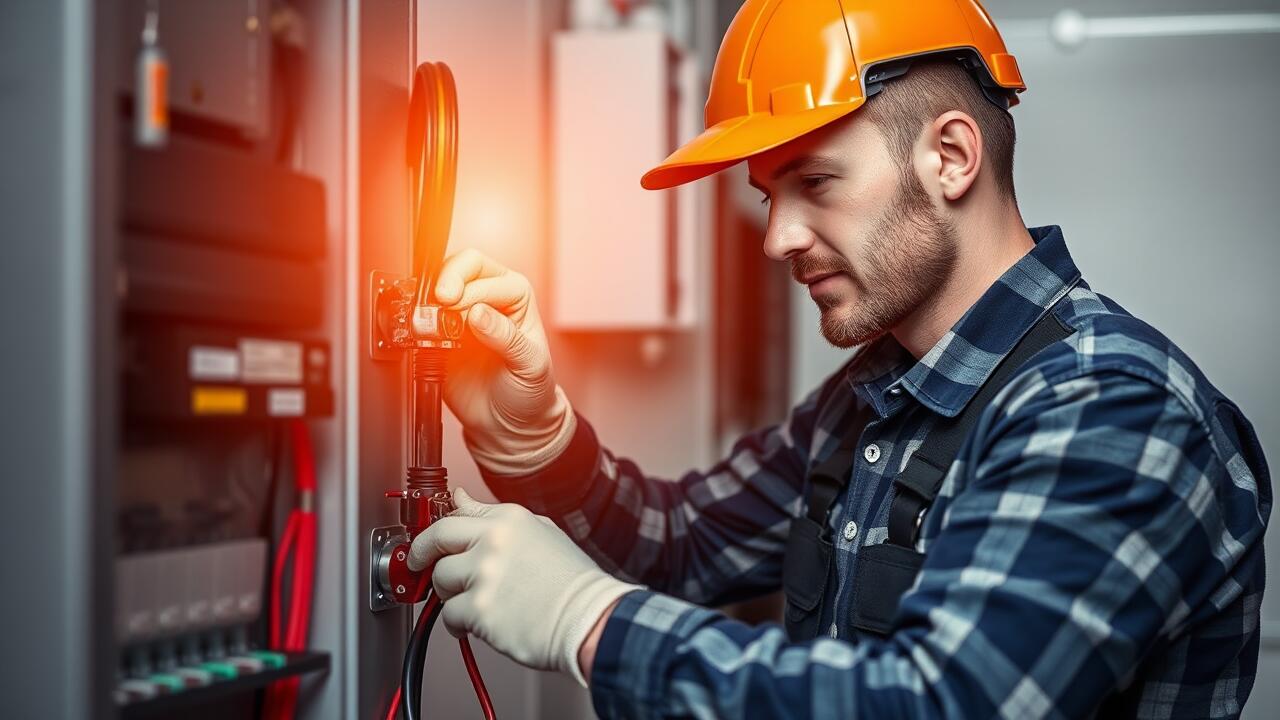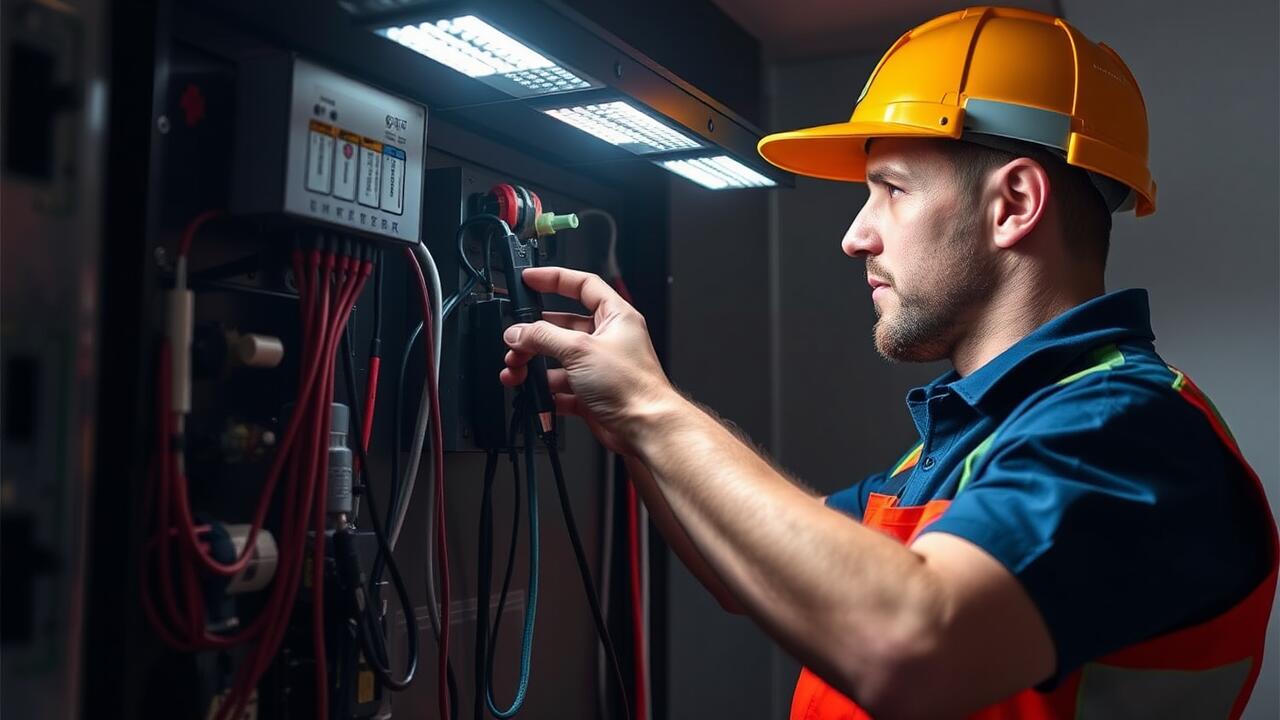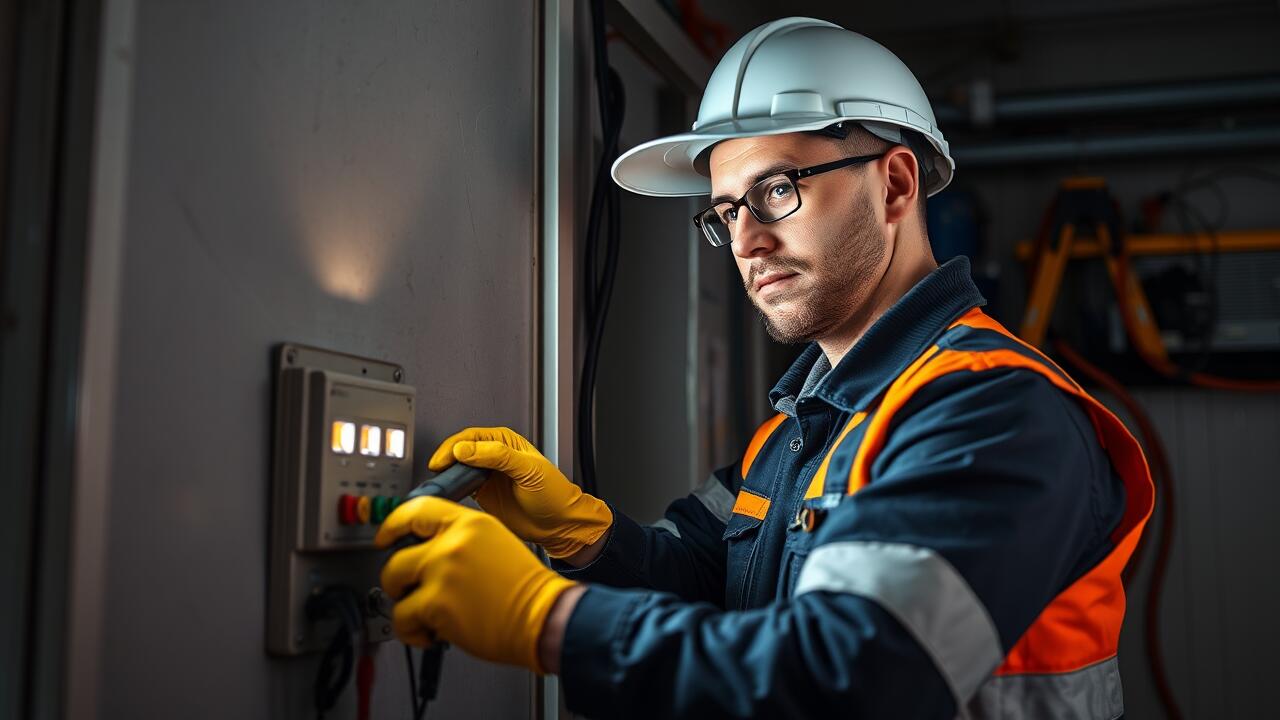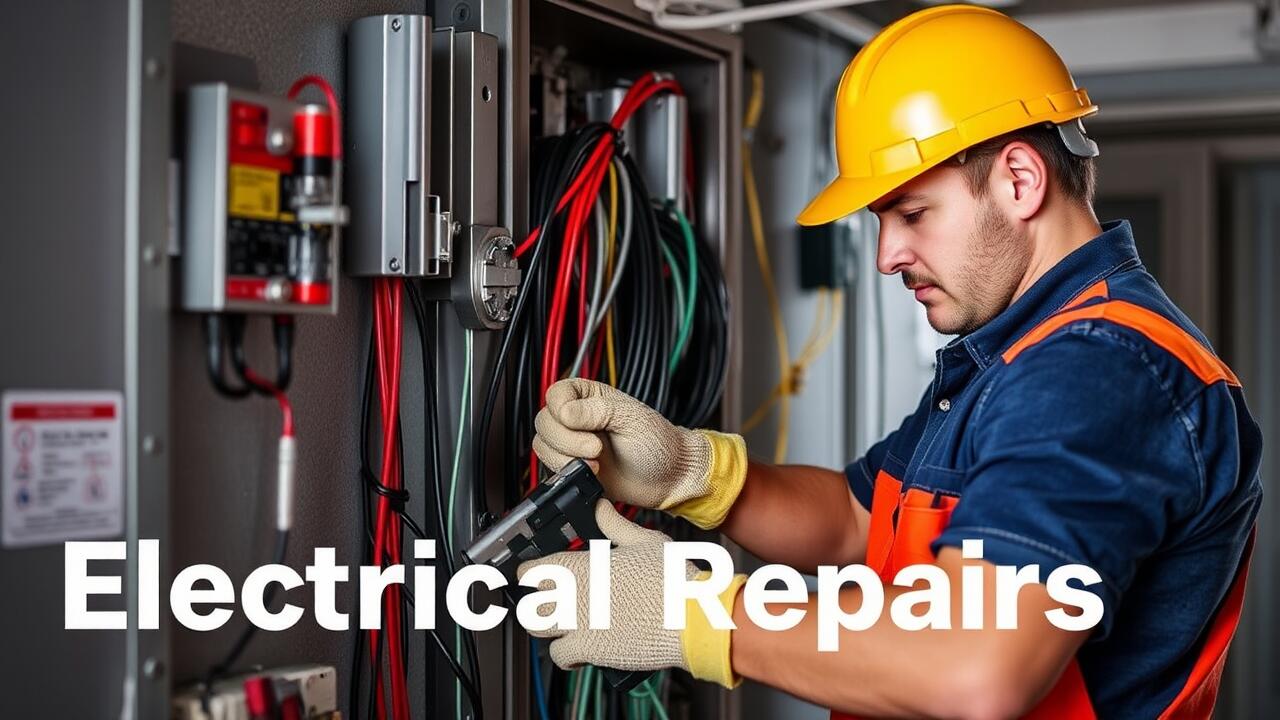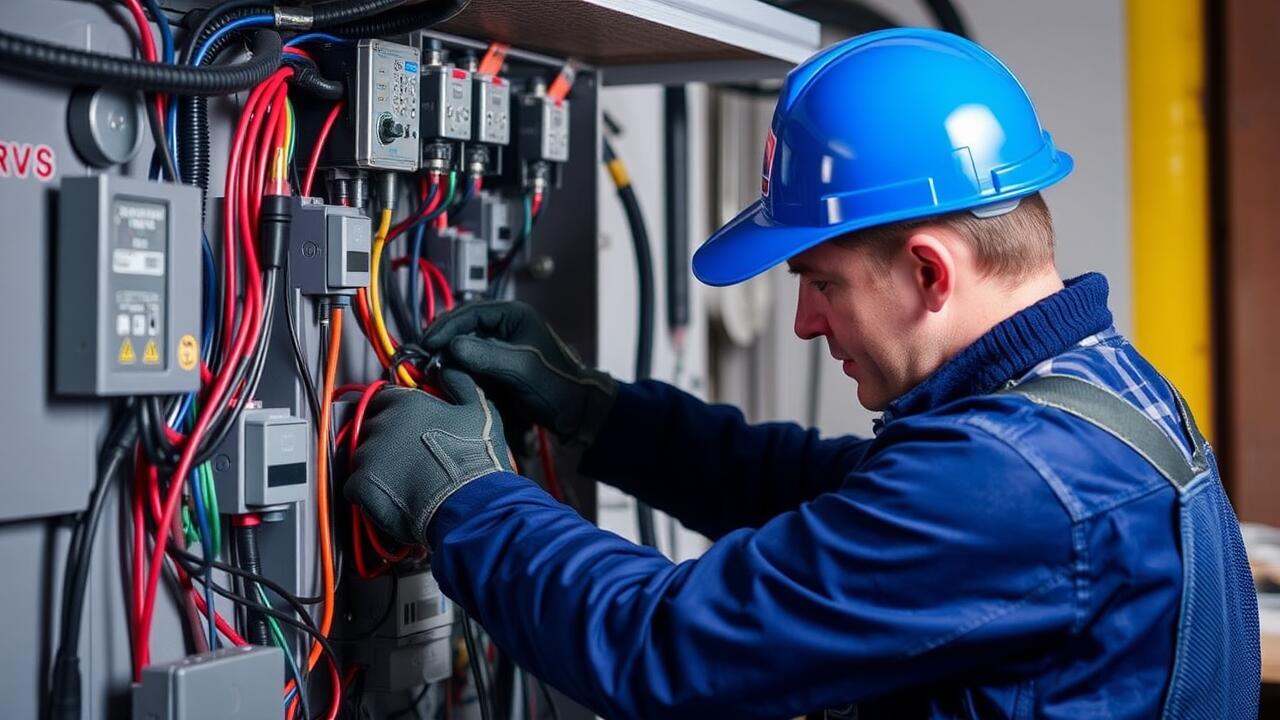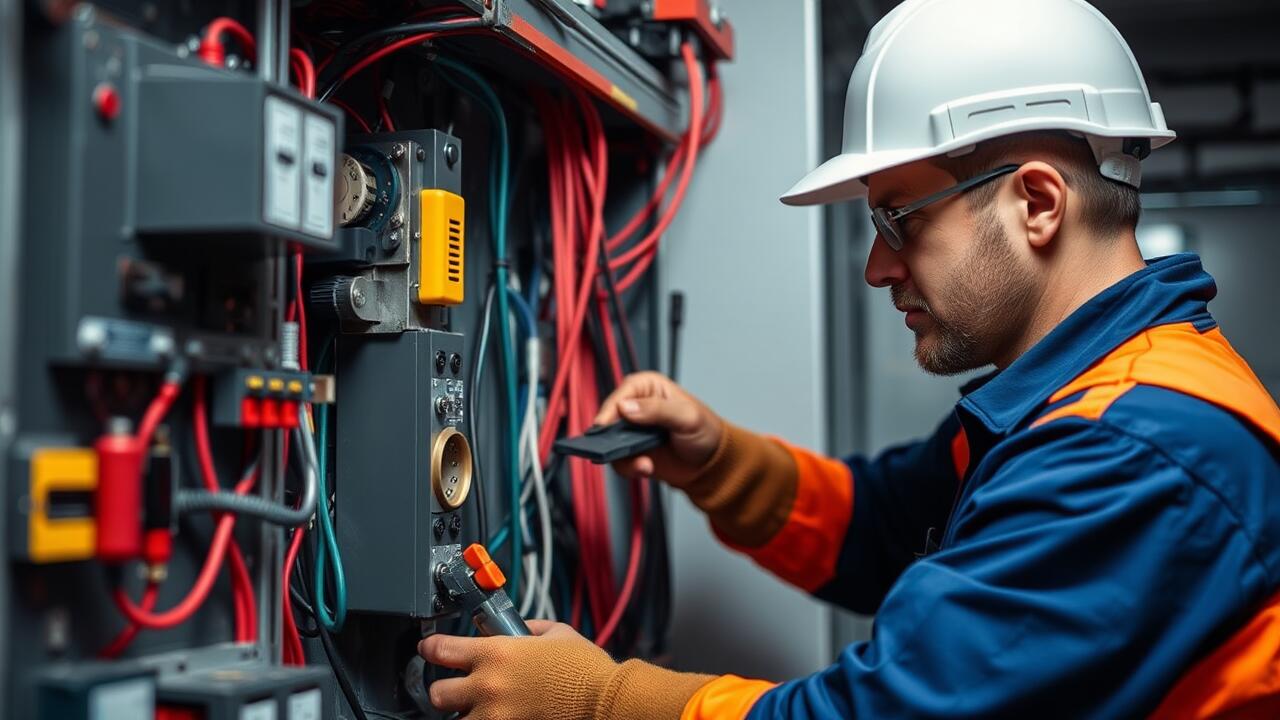
Flooding and Its Effect on Electrical Infrastructure
Flooding poses a significant threat to electrical infrastructure in Midtown Houston. Water can infiltrate substations, service panels, and other electrical components, leading to short circuits and equipment failure. Once submerged, the risks are elevated, often necessitating extensive repairs or even complete replacement of affected systems. Local utility companies face heightened challenges in restoring power during and after flooding events. This vulnerability underscores the importance of proactive measures to secure electrical assets in flood-prone areas.
In response to these risks, many property owners in the region have turned to services such as Electrical Repairs in Alief, Houston, to ensure their systems are well-maintained and can withstand severe weather. These professionals evaluate electrical setups, identifying weaknesses and implementing protective measures that can help mitigate damage. Enhanced drainage systems and elevated installations are part of the strategic improvements often recommended to safeguard electrical infrastructure from the relentless forces of nature.
Challenges Posed to Underground Systems
Underground electrical systems in Midtown Houston face considerable challenges due to excessive rainfall and flooding. Water infiltration can lead to short circuits and equipment malfunction, posing risks to both the safety and reliability of the electrical supply. Additionally, the corrosive effects of prolonged water exposure can weaken the structural integrity of cables and conduits, leading to more frequent outages and necessitating repairs.
The need for Electrical Repairs in Greenspoint, Houston, highlights the ongoing issues with maintaining underground systems. Routine inspections and timely maintenance become crucial in preventing significant failures. Ensuring that these systems are designed with adequate drainage and waterproofing measures can mitigate the risks associated with extreme weather conditions. This proactive approach not only protects the infrastructure but also enhances overall service reliability in the community.
Maintenance Strategies for Weather Resilience
Regular maintenance of electrical systems is vital for ensuring resilience against severe weather. This involves routine inspections to identify potential vulnerabilities and addressing them before they become significant issues. Emphasis should be placed on evaluating connections, grounding systems, and protective enclosures. The goal is to mitigate risks, especially in areas prone to flooding. In addition, investing in corrosion-resistant materials can extend the life of infrastructure in challenging climates.
Collaboration with local electricians can facilitate timely and effective electrical repairs in Bellaire Junction, Houston. Their expertise can help identify specific regional needs and ensure that systems are adequately prepared for extreme weather events. Training staff on emergency protocols further enhances readiness, allowing for quick response during a weather crisis. By integrating comprehensive maintenance strategies, municipalities can significantly reduce the impact of harsh weather on electrical systems.
Best Practices for Preparing Equipment
Preparing equipment for potential weather-related challenges involves several proactive measures. One key practice is ensuring that all electrical components are properly sealed and protected from moisture. Installing weatherproof enclosures can significantly reduce the risk of water ingress, which can lead to equipment failure. Regular inspections and routine maintenance are vital, as they help identify and address vulnerabilities before severe weather strikes.
Investing in quality materials also plays a crucial role in enhancing equipment resilience. Using corrosion-resistant connectors and copper wiring can improve longevity in harsh conditions. For residents in areas susceptible to flooding, such as West University Place, Houston, implementing these best practices can minimize the need for costly electrical repairs after a storm. Collaboration with local electrical contractors can further aid in developing tailored strategies that address specific vulnerabilities in the area.
Innovations in Weatherproof Electrical Systems
The evolution of weatherproof electrical systems has gained momentum in response to the increasing frequency of severe weather events. Manufacturers are focusing on developing materials that can withstand extreme conditions, such as flooding and high winds. Innovations include the use of corrosion-resistant coatings and specially designed enclosures that protect sensitive components from moisture and debris. These advancements aim to enhance durability and reduce the likelihood of outages, proving essential for urban areas like Midtown Houston.
Additionally, integration of smart technology into electrical systems is transforming how infrastructure responds to adverse weather. Sensors can now detect water levels and humidity, triggering automatic adjustments to protect vital equipment. This proactive measure minimizes the risk of failure during severe weather, ultimately reducing the need for extensive electrical repairs in Kingwood, Houston. These strides in technology not only bolster system resilience but also contribute to heightened safety for communities prone to extreme weather events.
New Technologies for Enhancing Durability
Advancements in materials science have led to the development of more resilient components for electrical systems. These new materials are engineered to withstand extreme weather conditions, reducing the likelihood of failure during storms or flooding. Protective coatings and reinforced structures can now safeguard critical infrastructure, enhancing overall durability. This innovation not only extends the life of electrical systems but also decreases the frequency and cost of service interruptions.
Moreover, smart technologies are emerging that monitor environmental conditions in real-time. Sensors can detect rising water levels or high temperatures, allowing for proactive measures to be taken. This integration of technology helps companies like those performing Electrical Repairs in Alief, Houston, quickly identify vulnerabilities and respond to potential weather-related challenges. By utilizing these innovations, the resilience of the electrical grid can be significantly improved, ensuring reliable service amid unpredictable weather patterns.
FAQS
How does flooding specifically affect electrical infrastructure in Midtown Houston?
Flooding can lead to water intrusion in electrical systems, causing short circuits, equipment damage, and potential power outages. It can also erode or destabilize underground utilities, leading to further complications.
What challenges do underground electrical systems face during severe weather events?
Underground systems can experience water infiltration, which can damage cables and transformers. Additionally, the saturated ground can lead to instability, making it difficult to access and repair these systems after a flood.
What maintenance strategies can help improve the resilience of electrical systems against weather events?
Regular inspections, timely repairs, and upgrades to more robust materials can enhance resilience. Implementing a proactive maintenance schedule that includes assessing vulnerable areas can also mitigate potential weather-related issues.
What are some best practices for preparing electrical equipment for severe weather?
Best practices include elevating critical equipment, using weatherproof enclosures, securing loose components, and ensuring that all systems are well-maintained and functioning before severe weather occurs.
What new technologies are being developed to enhance the durability of electrical systems against weather impacts?
Innovations such as advanced polymer coatings, flood-resistant enclosures, and smart grid technologies are being implemented to improve the durability and responsiveness of electrical systems in the face of extreme weather.
